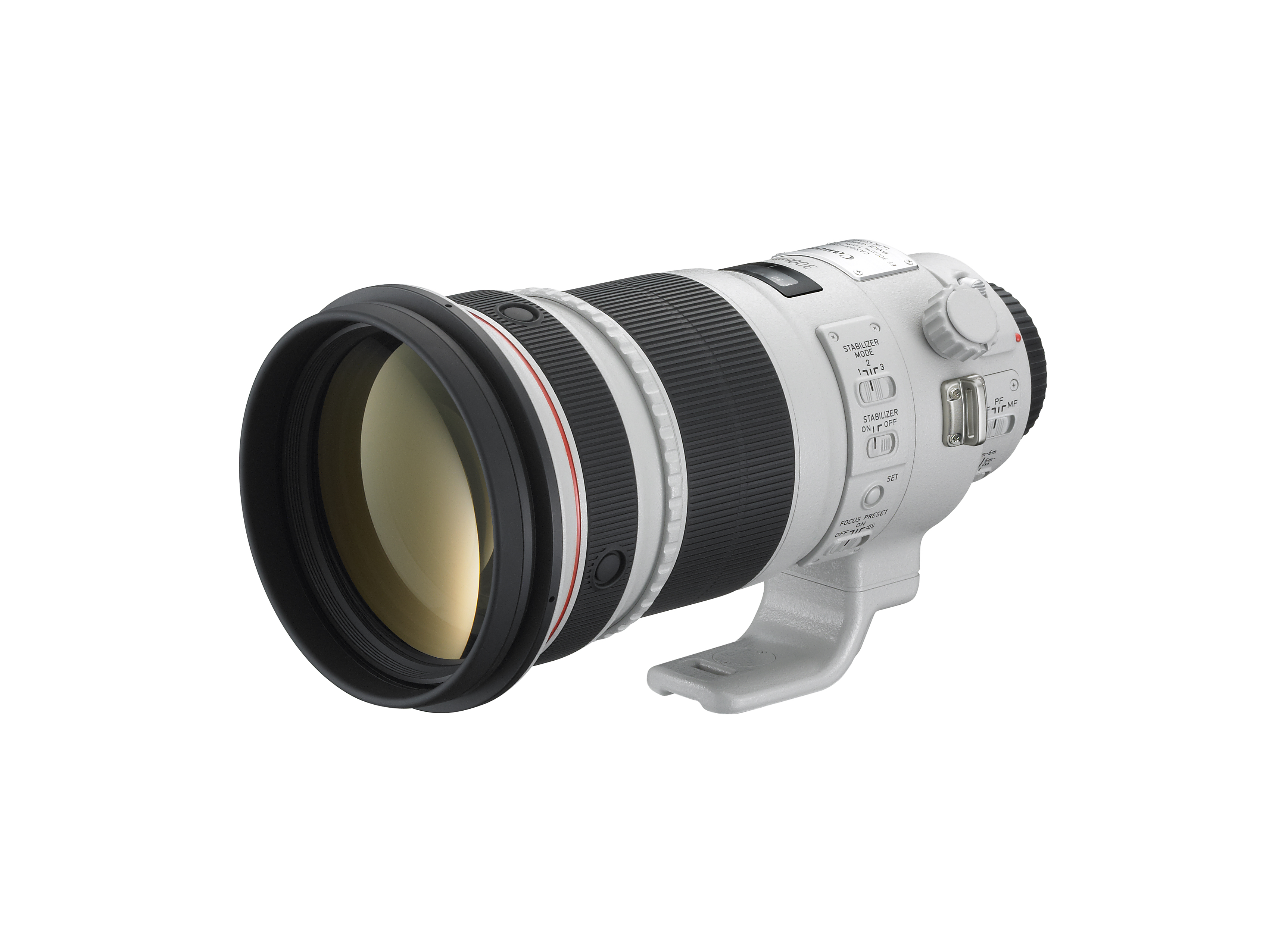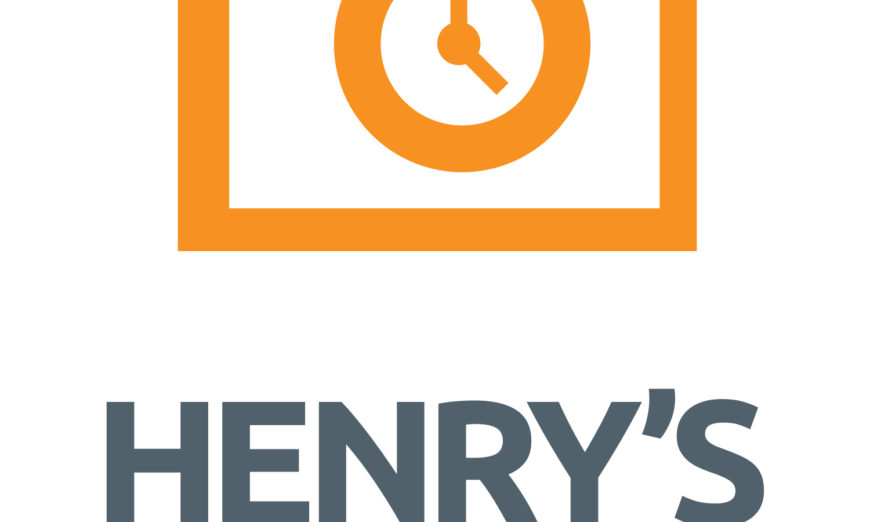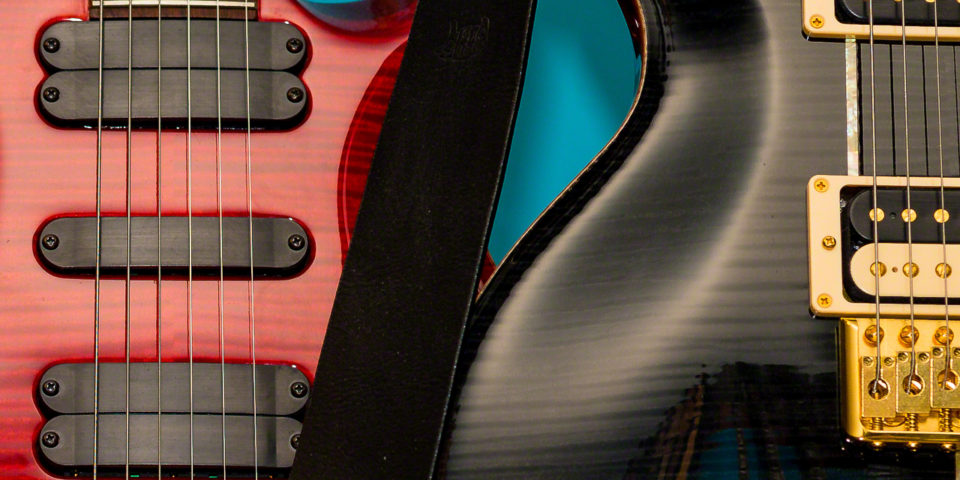It seems that in every hobby, there is the potential for G.A.S. aka Gear Acquisition Syndrome. As a guitar collector, and alleged musician, I know this one all too well. It also happens to photographers and videographers, and if that sounds a little close to home, know that you are not alone.
Let’s face the facts. Not every piece of kit that we think we must have, actually fits the bill of must have but investing in new technology can often be expensive. However, you can keep costs low by choosing to rent a daylight studio when you need one, rather than buying one and even renting cameras if you only need certain lenses for certain occasions. Only invest in technology if you’re going to use it regularly and get the use out of it. I have more conversations than I would like with photographers and videographers who bought something believing it would be perfect and then discovered that perfect was a very great distance. The product was great, the fit to a use case made sense, but the long term repeatability of the use case just wasn’t there. Or sometimes it looked like a perfect fit, and then it was discovered that the fit wasn’t there.
Once you get to a certain level in either photography or videography, the entry level, or consumer grade kit just doesn’t serve your needs any longer. You want more specialization in cameras, or specific functionality in a lens. You need more useful pixels for your work, not just more pixels, or you need the ability to easily manipulate playback rates in your videos and cannot accept the choppiness that comes from slowing down standard framerates.
We look at what’s available and agonize. The cost may be high, the use cases may be limited, we are unsure of what to do. If we go into a store, the folks behind the counter will want to help us close the deal. A lot of the time, the more esoteric the kit, the less likely we will even find it on a store shelf, and we don’t want to buy kit on the Internet without a really robust return policy and no customs hassles.
The answer is actually right in front of us, but gets missed all too often. That answer is try before you buy, by renting the specific piece of kit that is your heart’s desire. Rentals are available for days, weeks and longer. At some point, it becomes more economical to buy, but truly professional rental houses will let you apply some of your rental expenses to the purchase of new, and I mean new, not necessarily a previously rented piece of kit. No matter what you’re renting, it’s always better to try before you buy. When it does come down to buying though, this sort of equipment can be expensive. To get around this, you might want to consider taking out a loan by improving your credit score. Some people struggling with money in Denmark find that borrowing money using online lenders is helpful. That way, you’ll be able to afford to own that piece of camera equipment that you’ve been renting.
Anyone reading this article knows that I work for Henry’s as a Learning Lab Instructor and I write these articles for the company. There’s no secret squirrel nonsense here, so when you read that I advocate renting, and mention Henry’s Rentals, you know I’m not trying to blow something by you.
I’ve rented for a long time. When I was starting out, my eyes were bigger than my wallet. Oh wait, that didn’t change…I will frequently find myself in a scenario where I am missing a key piece of kit for a job or a project and discover that renting is the ideal answer. I remember wanting a  300mm f/2.8 to shoot Polo. The lens was too expensive to warrant a purchase for a single use case, but I needed the lens speed. A call (at the time) to Headshots got me the lens I needed for the period I needed. I rented from Headshots long before I began working with Henry’s and while that organization has since been renamed Henry’s Rentals, the quality of offering and the quality of the people remains awesome. I’ve rented gear that I was sure was perfect that turned out to not exactly what I needed, saving me potentially thousands of dollars. I’ve also rented gear, not being sure if it was right, that after the rental period proved to me that it was exactly what was required.
300mm f/2.8 to shoot Polo. The lens was too expensive to warrant a purchase for a single use case, but I needed the lens speed. A call (at the time) to Headshots got me the lens I needed for the period I needed. I rented from Headshots long before I began working with Henry’s and while that organization has since been renamed Henry’s Rentals, the quality of offering and the quality of the people remains awesome. I’ve rented gear that I was sure was perfect that turned out to not exactly what I needed, saving me potentially thousands of dollars. I’ve also rented gear, not being sure if it was right, that after the rental period proved to me that it was exactly what was required.
While I own a lot of gear by now, when I am prepping for a lighting workshop, I don’t have eight studio strobes with radios, triggers, C Stands and all the needed light shapers. I call the Rentals desk and they help me get my list together, offer recommendations and alternatives that make the shoot go smoothly so I can focus on the client and not be trying to make gear do things it wasn’t built to do.
The first time I went out to shoot raptors, the longest lens I had was a 400mm f/5.6 I have studied with the amazing Moose Peterson and I learned that reach is really important when the birds aren’t tame and tied down. I rented a 500/4 that was a monster to carry but shooting it off a monopod got me the shots I was dreaming of. Check out any of the good posting sites for bird photographers and you’ll see that the 500/4 is a go to lens for these folks. The rentals worked out really well and eventually I was able to find a used lens in really good shape that I can call my own. By the time I was ready to put money on the table, I had already shot the lens enough to know I was getting precisely what I needed. By renting, I assured myself of the value of the investment.
I’ve learned something else about renting from my own students. I will get a private student in for a portrait / headshot clinic and as part of the process I will have recommended a lens or lenses for consideration in advance of the clinic. The most popular lens for the headshot photographer today is the 70-200 with many pros preferring the f/2.8 version for prettier out of focus highlights despite the extra weight and cost. It’s now happened on multiple occasions where people have bought lenses, taken them home and rarely shot them, having made the purchase somewhat unsure, or feeling pressured, and not wanting to use the lens in case they needed to return it. Some of these lenses are at price points where they aren’t returnable due to store policy. When you rent a lens or other piece of equipment, you know up front that your time together will be limited, and that means you will use the rented gear with intent, typically pushing yourself to maximize the use of the rented gear and thereby getting a much better sense of its value to you.
Renting is also a good way to try out newer technology before making the dive into it. For my video work, I shoot mostly on a Canon C300. It’s a wonderful video camera and shoots very high quality FullHD. But, I’m starting to get requests for 4K and to do the same kind of work with the same flexibility, I am likely looking at a different line of cameras. I’m still paying for the C300 so a replacement or upgrade is not in the cards, so when I have the time to test hard, I will rent a 4K video camera like the Sony FS7 or Sony FS5 and know what will fit my use cases, before I make the purchase commitment.
Before you go drop a lot of hard earned money on that hot new piece of kit, or before you buy something you aren’t sure will be what you will really leverage, take a breath and rent the gear. I’m not going to hesitate in recommending giving the crew at Henry’s Rentals a call. They are good folks and in my personal experience as a client, have consistently delivered the goods.
Until next time, peace.




